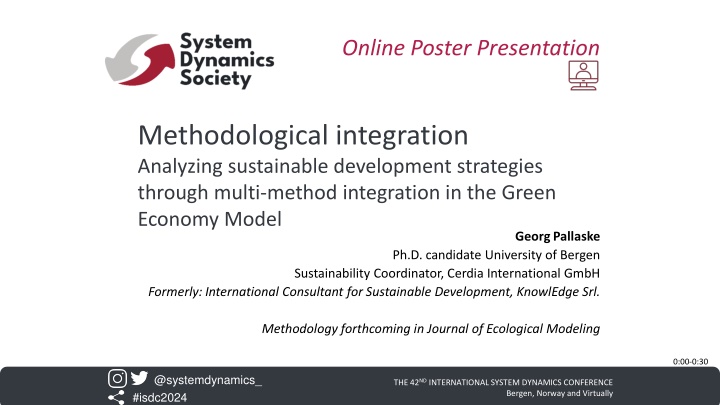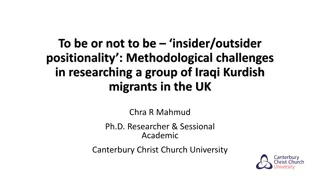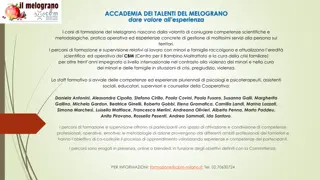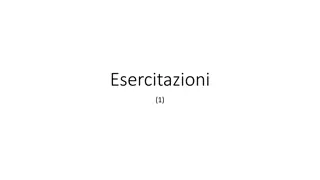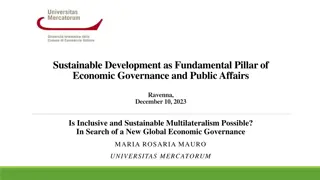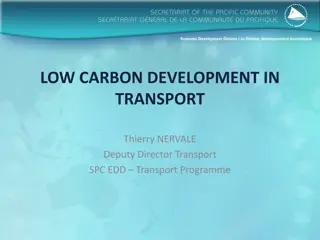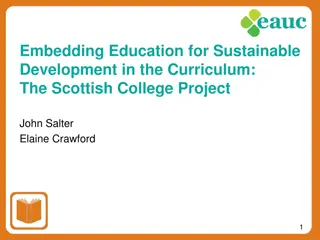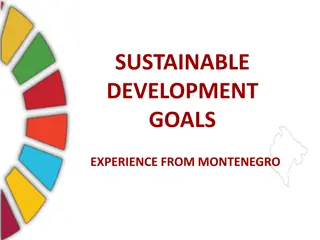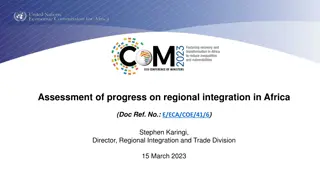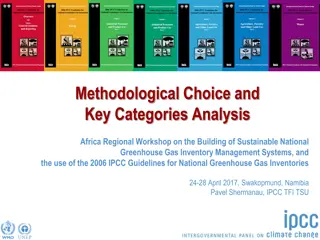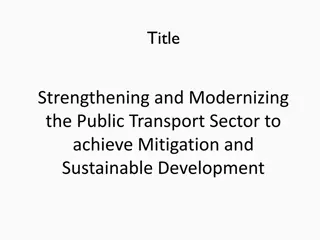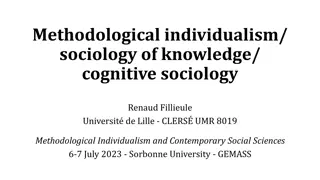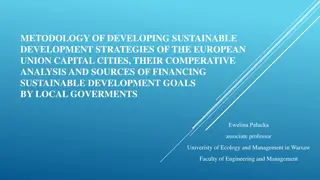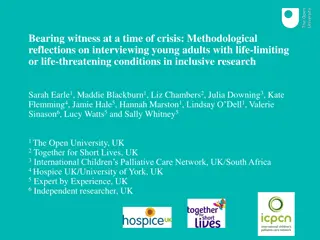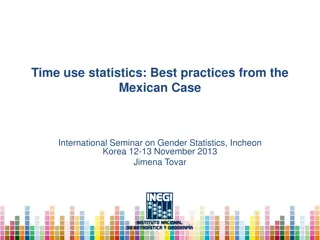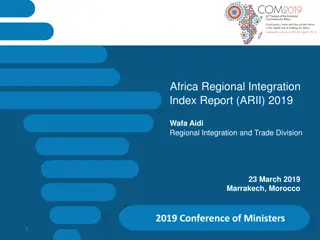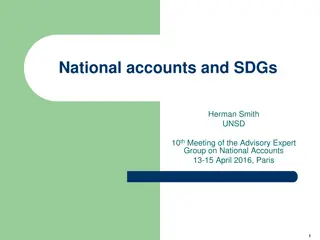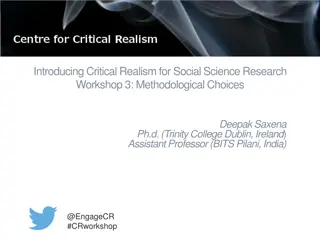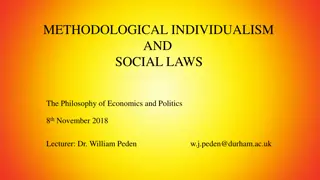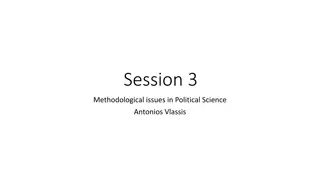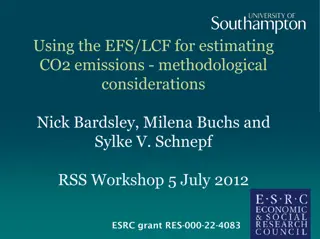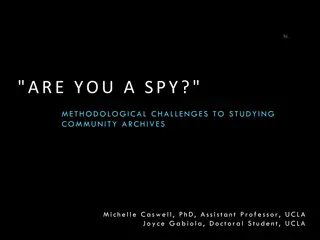Methodological Integration for Analyzing Sustainable Development Strategies
The presentation by Georg Pallaske focuses on integrating multiple methodologies in the Green Economy Model to analyze sustainable development strategies. The approach involves a multi-method framework and case studies like Circular Economy and Indonesia Green Economy. Learn about the importance of stakeholder involvement and customized decision support systems for effective results. Further research is needed to enhance the framework's applicability.
Download Presentation

Please find below an Image/Link to download the presentation.
The content on the website is provided AS IS for your information and personal use only. It may not be sold, licensed, or shared on other websites without obtaining consent from the author.If you encounter any issues during the download, it is possible that the publisher has removed the file from their server.
You are allowed to download the files provided on this website for personal or commercial use, subject to the condition that they are used lawfully. All files are the property of their respective owners.
The content on the website is provided AS IS for your information and personal use only. It may not be sold, licensed, or shared on other websites without obtaining consent from the author.
E N D
Presentation Transcript
Online Poster Presentation Methodological integration Analyzing sustainable development strategies through multi-method integration in the Green Economy Model Georg Pallaske Ph.D. candidate University of Bergen Sustainability Coordinator, Cerdia International GmbH Formerly: International Consultant for Sustainable Development, KnowlEdge Srl. Methodology forthcoming in Journal of Ecological Modeling 0:00-0:30 @systemdynamics_ #isdc2024 THE 42ND INTERNATIONAL SYSTEM DYNAMICS CONFERENCE Bergen, Norway and Virtually
Context The analysis of sustainability strategies is typically done using thematic or sectoral decision support systems (DSS). While fit for purpose, existing DSS lack cross-sectoral feedbacks and delays, which are especially important in light of land use climate impacts. For DSS to be adequate, they should meet the following criteria: Transparent Customized (tailored to needs and demand) Co-developed with affected stakeholders Cross-sectoral in nature 0:30-1:30 @systemdynamics_ THE 42ND INTERNATIONAL SYSTEM DYNAMICS CONFERENCE THE 40TH INTERNATIONAL SYSTEM DYNAMICS CONFERENCE #isdc2022 #isdc2024 Bergen, Norway and Virtually Virtually everywhere!
Approach Multi-method framework for identifying methodologies and customization of the assessment model An SD-based model is used to integrate methodologies and/or data (e.g. GEM) 1:30-3:30 @systemdynamics_ THE 42ND INTERNATIONAL SYSTEM DYNAMICS CONFERENCE THE 40TH INTERNATIONAL SYSTEM DYNAMICS CONFERENCE #isdc2022 #isdc2024 Bergen, Norway and Virtually Virtually everywhere!
Case studies Circular Economy and Territorial Consequences (CIRCTER) Bita River Colombia (WWF) Indonesia Green Economy (IV2045) Ethiopia GEM (GGGI & NCE/WRI) And many more 3:30-5:30 @systemdynamics_ THE 42ND INTERNATIONAL SYSTEM DYNAMICS CONFERENCE THE 40TH INTERNATIONAL SYSTEM DYNAMICS CONFERENCE #isdc2022 #isdc2024 Bergen, Norway and Virtually Virtually everywhere!
Conclusions Integration of methods on a needs basis contributes to improved resolution of the DSS and simulation results. Stakeholder involvement enables customization, creates buy- in and champions that drive the process. Application of the framework requires a team well skilled in the methods applied. Further research is required to further develop the framework and increase its use. 5:30-7:00 @systemdynamics_ THE 42ND INTERNATIONAL SYSTEM DYNAMICS CONFERENCE THE 40TH INTERNATIONAL SYSTEM DYNAMICS CONFERENCE #isdc2022 #isdc2024 Bergen, Norway and Virtually Virtually everywhere!
